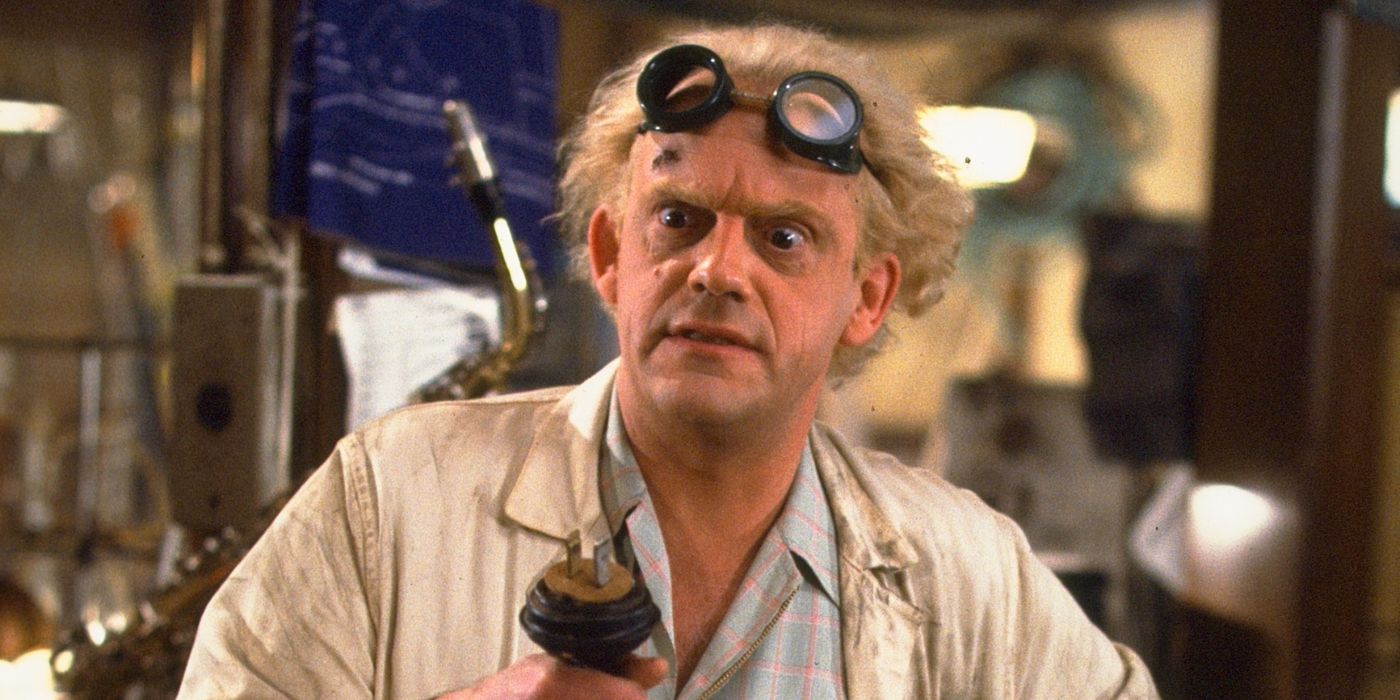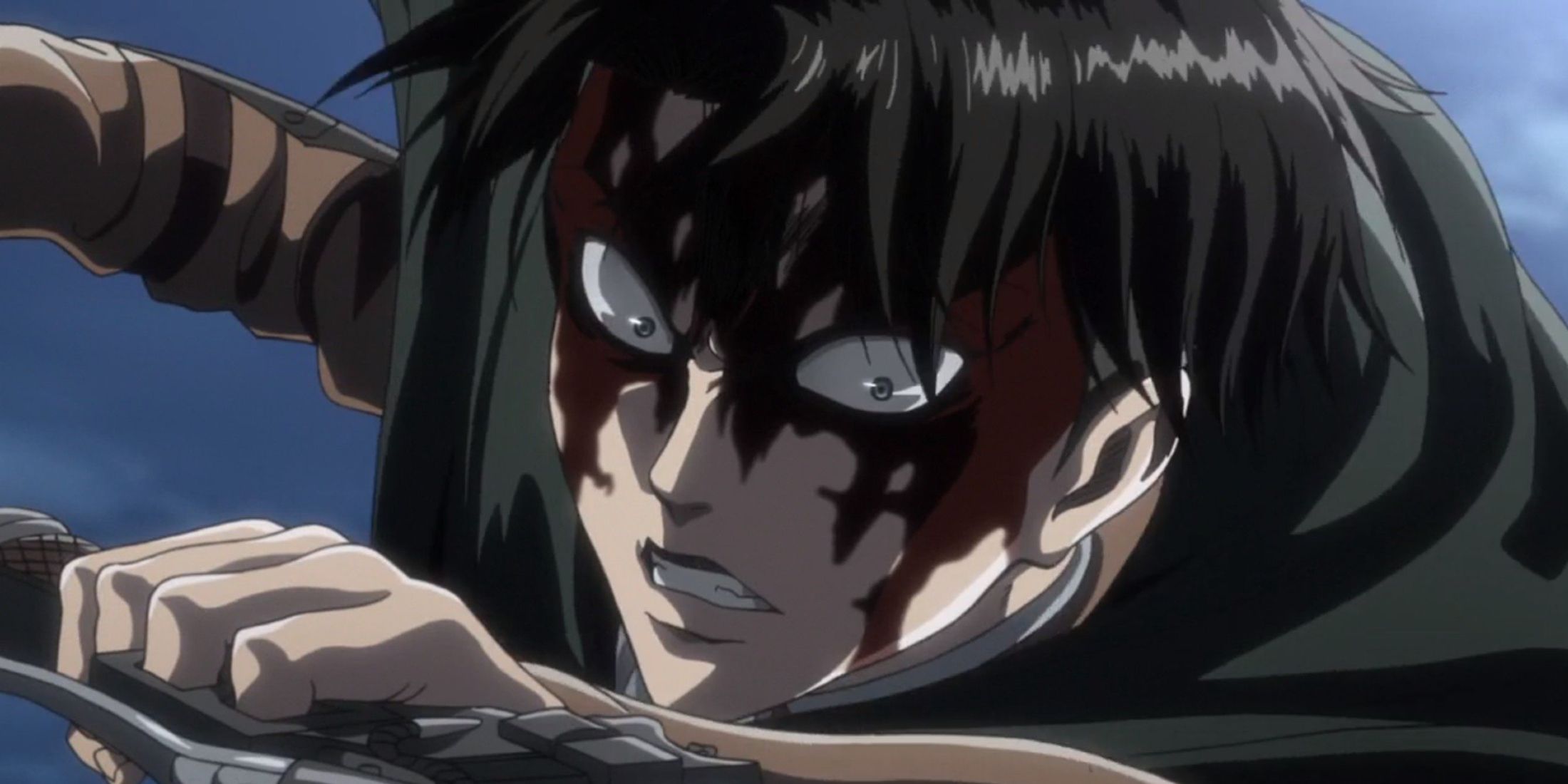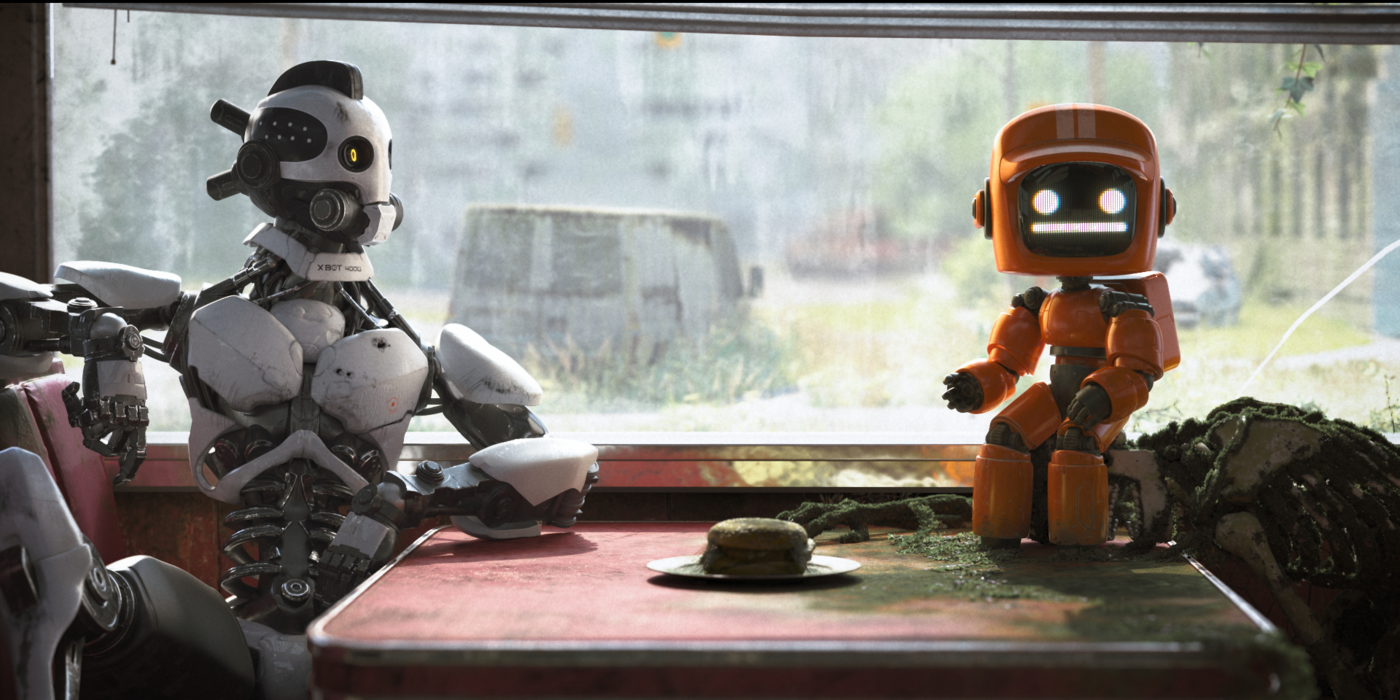Blumhouse’s A House on the Bayou didn’t get much love from critics, but on Hulu, it has a chance to reach a hopefully more appreciative audience. As a genre, horror films are judged harshly, and A House On The Bayou was no exception. While the movie was not a masterpiece, it is underrated.
One thing the movie does extremely well is to use clever, creepy dialogue to keep the audience full of dread and distracted from any potential plot holes. These quotes are all chilling examples of how the antagonists use cryptic phrases to convey threat, and each one pulls the viewer deeper into a story of family dynamics as deadly and murky as the bayou itself.

The note Grandpappy writes on John’s receipt is not spoken aloud until a later scene, but it is clearly a threat disguised as a warning, infusing the scene with uncertainty. The line jars viewers out of what has so far been a mild family drama, shifting the mood in a markedly darker direction.
Though the words could be written off as a hyper-religious warning or even a joke, John’s reaction and his reluctance to tell Anna or even Jessica sets the baseline for the unease that will only grow from there. Anna may have planned this vacation for quality family time, but this line lets the audience know the family is not as alone as they think.

When John questions Grandpappy about the note, the response is a repetition about the devil watching, with the cryptic addition above, and John is clearly frustrated and confused, though wary. Yet, savvy viewers will have noticed the emphasis Isaac placed on the question, “Can we come in?” in the previous scene.
The dialogue is filled with references to opening and closing doors and invitations, and in this instance, there is a heavy implication that John has done something much worse than cheat on his wife – he’s invited the devil in.

After John announces he doesn’t believe in the devil, Grandpappy’s response is intense. The true creep factor here isn’t so much in the words, but in how Grandpappy freezes, then turns, delivering the line in a deadly serious tone with a solemn, soul-piercing stare.
The audience knows that Grandpappy wasn’t making an idle religious observation about the existence of God and the devil. He was delivering John a warning that his lack of belief will not save him from a supernatural force that has him in its sights, though John clearly doesn't take the hint.

This simple statement from Grandpappy is chilling in its delivery, but even more so in its implications for the truth of who Grandpappy and Isaac are, what they are, and what the nature of their relationship is. The announcement that "Grandpappy" is a nickname, not a family connection, makes it clear to the Chambers that something more dangerous than social awkwardness is at stake.
The audience can also relate to the Chamber family's growing unease, which this line tips over the edge. Both the Chambers and viewers are scrambling for possible answers about these two "country folk," who are hiding sinister secrets.

Nearly every word out of Isaac’s mouth is unsettling, but this one is near the top of the list. The reference to Charles Manson, while he holds a family at gunpoint, couldn’t be more threatening, evoking real-life horrors in the minds of the audience.
Even worse is the underlying inference that Isaac looks to Charles Manson as someone to emulate, a very bad sign for the fate of the Chambers. The introduction of the camera indicates a possibility for a found footage ending, like in The Blair Witch Project, leaving viewers wondering if anyone will make it out of the house alive.

Directly after pulling a concealed shotgun from under a table, Isaac delivers these words to the terrified family, all huddling together near the window. Not only does Isaac’s attempt at reassurance fall flat, but it also serves as a warning that violence will be inescapable.
The word choice illustrates that Isaac believes he is a licensed karma dispenser, free to attack anyone, as the holy will not be hurt. He directs the words at the whole family, but his focus is on Jessica, and this throws potential doubt in the viewer’s mind about which parent is the true "bad" guy.

In terms of pure evil, this statement takes the cake. Until now, Grandpappy appeared to be under Isaac’s control, even possibly afraid of him, but his words demonstrate that he willingly carries out Isaac’s plans, and enjoys them. The scene of Jessica following his instructions while whispering "I’m sorry," to Vivienne is already full of tension, dread, and horror, with Jessica forced to murder to protect her daughter.
Grandpappy’s smug words manage to viscously rub salt into the wound, pulling the viewer into a brutal space that had only been previously hinted at.

This line, spoken when Jessica and Anna seek help, echoes the earlier references Grandpappy made about the bayou, reiterating that it is not a location that is safe or predictable. The statement also implies that the locals in the nearest small town of this creepy horror movie know of and protect Grandpappy and Isaac.
Detective Torres’s gaslighting of Jessica further indicates that there will be no help and no sane person will believe her story. The insistence that the horrors were all in Jessica’s mind twists in the viewer’s gut. Jessica's outraged reaction shows she knows she is not delusional. Jessica is a strong, brave female lead, but the deputy's words signal that finding and punishing Isaac and Grandpappy is out of the question.

This movie doesn’t rely on jump scares, preferring a slow build of dread that explodes into frantic violence. Even though it seems that both Isaac and Grandpappy have been killed when Jessica and Anna leave, the viewer has learned not to trust death in this movie (poor Tub Tub).
Still, the anxiety goes from 0 to 60 in an instant as Jessica listens to Isaac’s faux polite voice speak these words. The viewer shares her combination of anger, helplessness, and fear as Isaac drives past and salutes her, his final line a warning that she and Anna will never truly escape his watch.
source https://screenrant.com/house-on-bayou-best-chilling-quotes/
















































